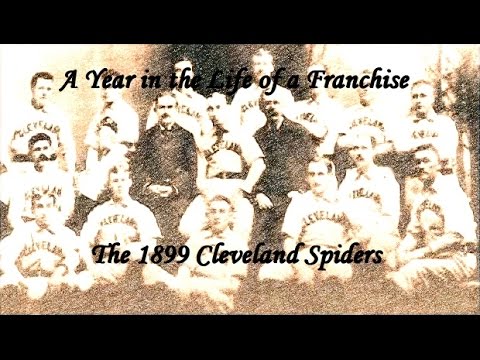The Worst Team in Major League History
It started with the Cleveland Spiders in the 1890’s. They had been a decent team until their owners purchased a second team which was the St. Louis Perfectos in 1899. The owners decided they wanted to excite the fan base in the new city so they dumped their roster from Cleveland to St. Louis. The…




